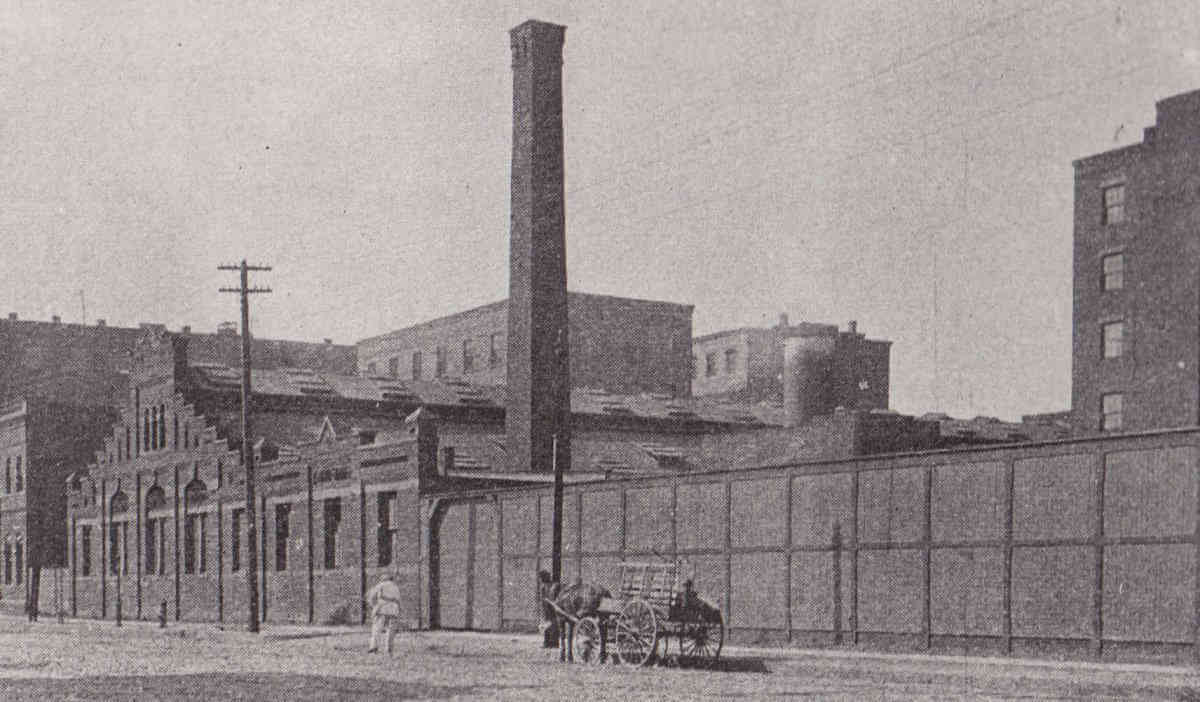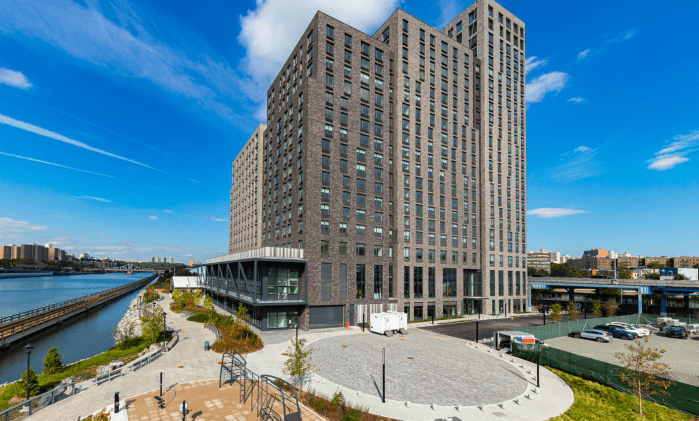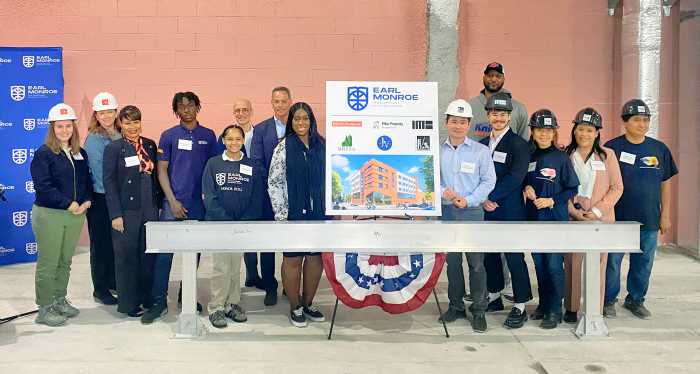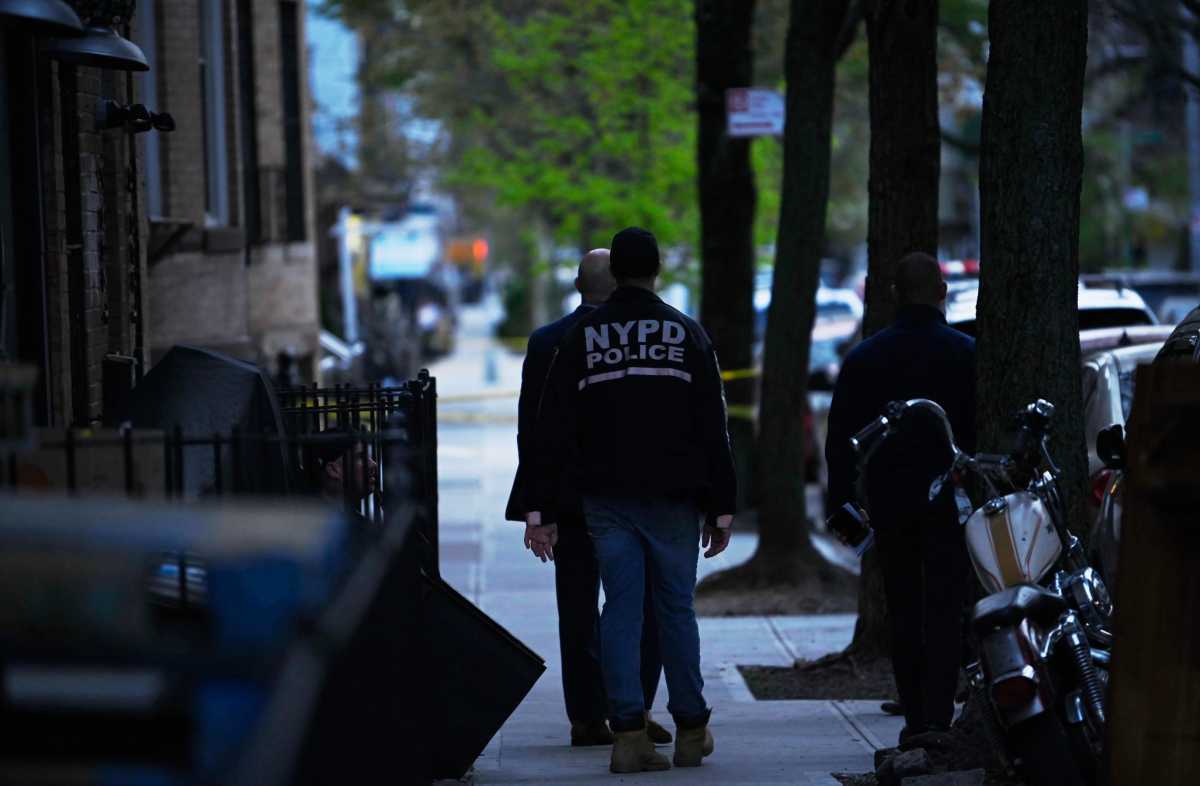The J. L. Mott Iron Works was the recepient of the Bronx Business Hall of Fame ‘Historical Powerhouse’ award at this year’s Bronx Day In Albany. The Bronx County Historical Society’s Angel Hernandez did a wonderful presentation on the awardee during the ‘Made In The Bronx’ exhibition. The society has provided the Bronx Times Reporter with a piece written about the foundry by Professor Lloyd Ultan, Bronx Historian in 2010.
One of the mostly little-known people whose actions changed the course of Bronx history is Jordan L. Mott.
His name is preserved in Mott Haven and in a middle school on 167th Street and Morris Avenue. What did he do to deserve these honors?
Jordan L. Mott was born in 1798 in Manhasset, Long Island. Growing up, he displayed a facility for inventing things.
About 1820, he designed a new type of stove that used anthracite coal (the most clean-burning type) instead of wood. But he could not interest the iron founders of the day to produce and sell his new-fangled idea. He decided to go into the iron foundry business himself.
Mott experimented with techniques to improve iron quality and manufacture, obtaining more patents for stove improvements than anyone else.
From 1832 to 1857, he patented stove grates, furnaces, cooking ranges, fireplaces, bathtubs, cauldrons and bathroom plumbing fixtures.
After beginning his J.L. Mott Iron Works in NYC in 1828, Mott needed more room to expand his foundry as his business rapidly grew.
In 1841, he purchased land from the Morris family.

The property north of the Harlem River and west of today’s Third Avenue had been part of the old colonial manor of Morrisania, but was renamed Mott Haven.
He erected simple houses near his foundry for his workers to inhabit, and also more elaborate residences further away for those with more money.
Mott also reasoned that other manufacturers would be looking for land there, and he projected Mott Haven as what would be called today an industrial park.
Mott also donated a strip for the right of way for the New York and Harlem River Railroad to provide access.
He also dug the Mott Haven Canal (now Canal Place) for barges to deliver coal and wood, thus making the canal a site for coal and lumber companies.
In addition, Mott aided a group of skilled workmen to purchase more Morrisania land upon which to create a suburban village that would enable them to live in the country and commute to the city by railroad. That village is today’s Morrisania neighborhood.
Mott thus was the father of modern manufacturing in the Bronx, making the area attractive to other industries.
He was also the man primarily responsible for creating two of the borough’s neighborhoods.
He died in 1866 after doing much to change the Bronx.





















